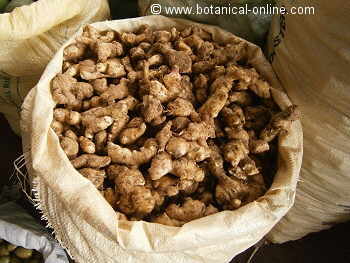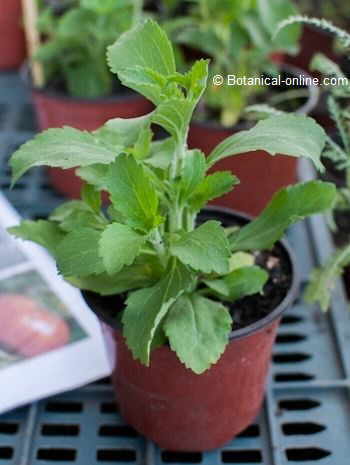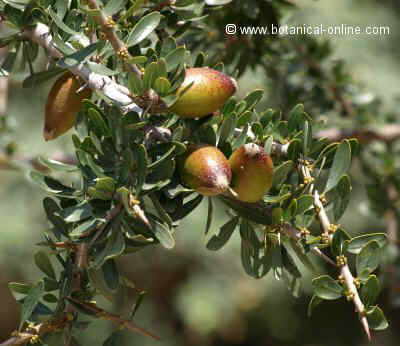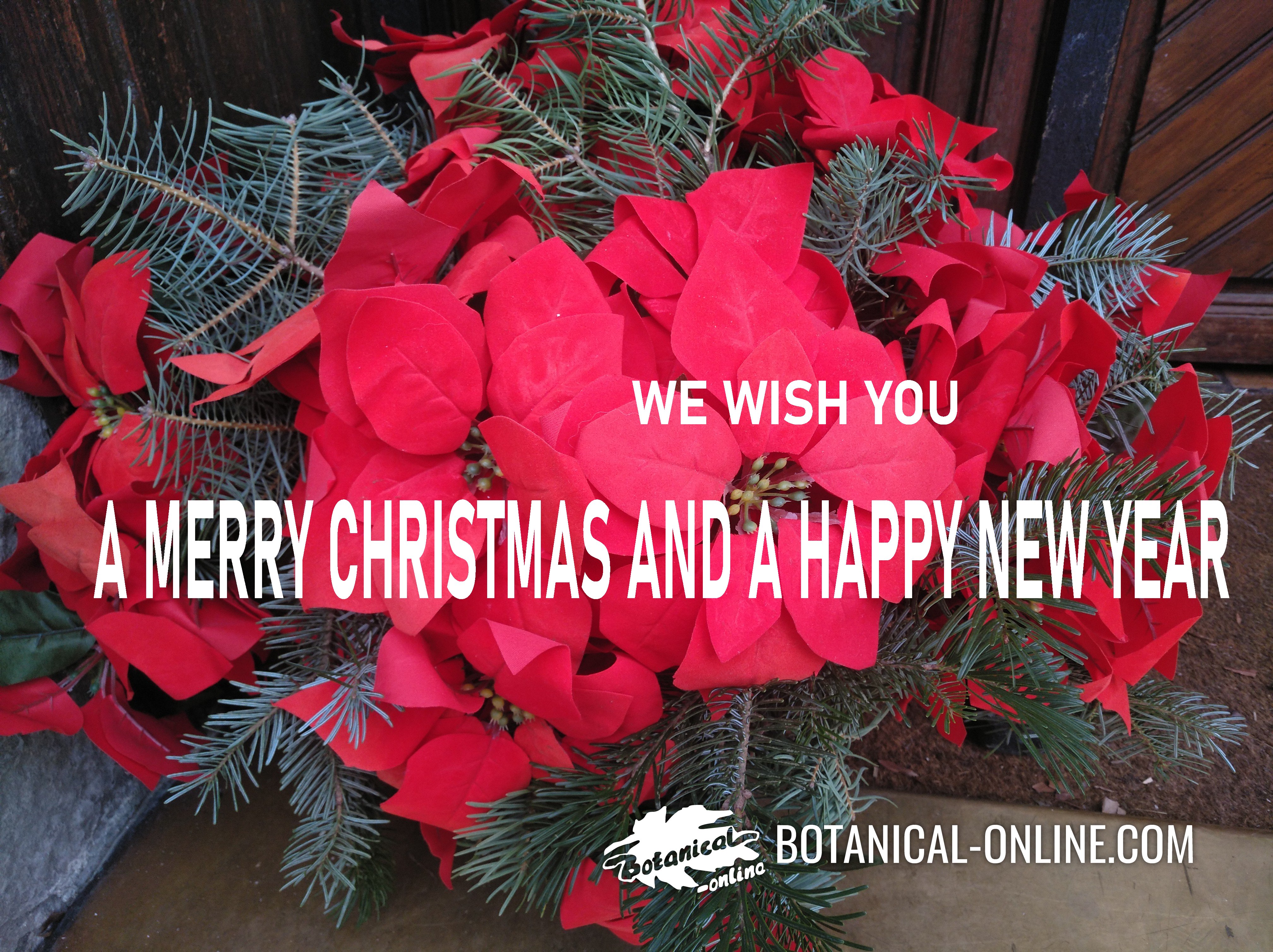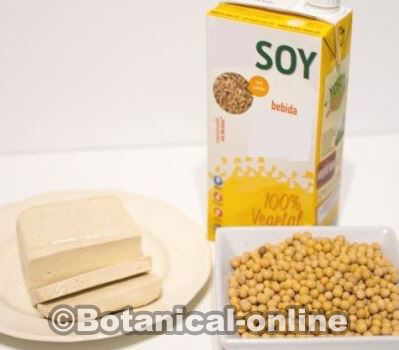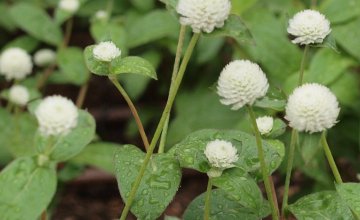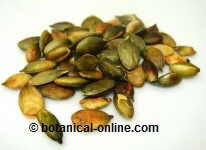Contents
CULTIVATION OF MACADAMIA – HOW TO GROW MACADAMIA?
 Characteristics of macadamia plant
Characteristics of macadamia plant
– Evergreen tree of the Proteaceae family
– Height: up to 20m., But generally it does not exceed 12m.
– Appearance: dense and thick crown, rounded. It is used as an ornamental tree.
– Leaves opposite, petiolate, oblong, glossy, pale green and wavy with serrated margins.
– Flowers hermaphrodite, white or cream, arranged in pendulous racemes 10-20cm. in length.
– Nut edible, spherical, 2.5 and 3.5 cm. in diameter, with smooth hard pericarp brown, covered by a green and soft outer shell, dehiscent at maturity. The inner seed is edible, white or cream.
 Required climate for macadamia
Required climate for macadamia
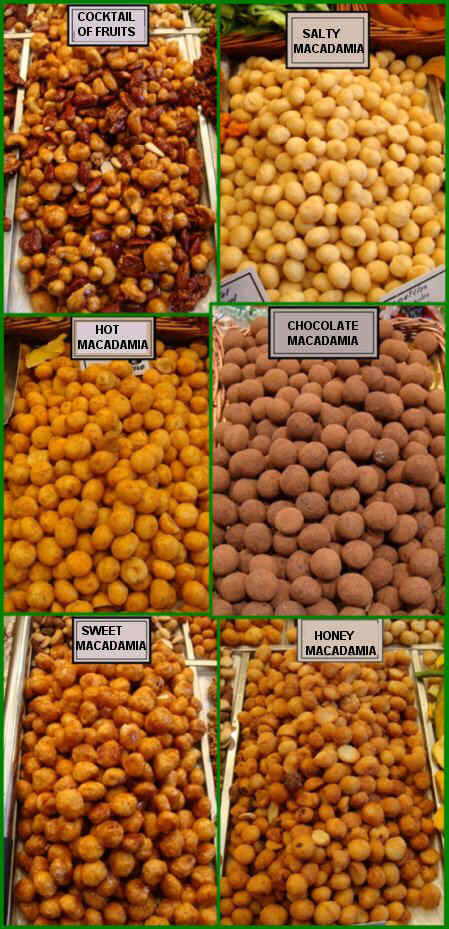
– It grows in tropical and subtropical climates. It appears feral in tropical rainforests, coastal areas with high humidity and heavy rains.
– Mature trees can tolerate adverse conditions of drought.
– Exposure to full sun. It grows in shady places.
– 0 to 1,200 m altitude. above the sea.
– It has a tap root and few lateral roots, so it requires protection from strong winds.
– Annual temperatures of 15-25 º C.
– It does not tolerate cold or frost, which can easily destroy the entire crop.
 Macadamia soil
Macadamia soil
– Type of soil: sandy loam soils, limestone or clay, moist and well drained.
– PH: soil pH from 4.5 to 8. It can be grown in acid as well as alkaline soil, but it prefers slightly acidic (5.5 to 6.5).
– Fertile soils rich in organic matter.
 Propagation of macadamia
Propagation of macadamia
SEXUAL REPRODUCTION BY SEEDS
- Sow the seeds chipped in warm greenhouse in spring (MarchApril) or early fall (SeptemberOctober).
- Germination occurs the 48 weeks later at 25 º C. Preferably you should use freshly harvested seeds.
- Plant in individual pots.
- Grow it up in a greenhouse during the first winters.
- Transplant in the final place in late spring or early summer, when frosty weather is over. Protect from frost and winds.
- In commercial crops, planting density is 70 to 150 trees per hectare.
- This is a slow growing tree that requires between 5 and 12 years to start producing fruit, and reaches maximum productivity at age 15. Fruiting generally at 5 or 7 years. Macadamia trees can be considered productive at 12-15, and kept in production for about 40 50 years. They may bear fruit for 100 years.
Suitable fertilizer for macadamia
– Keep soil rich in nutrients and organic matter.
 Madacamia flowering
Madacamia flowering
– Flowering occurs within 8 – 10 months after the crop.
 Macadamia watering
Macadamia watering
– Macadamia plant requires regular watering throughout its life, especially at the stage that the fruit is forming.
– Water stress and nutrient may cause slow growth of the fruit, affect the formation of oil, the size of the nut, and therefore the quality of the macadamia nuts.
 Diseases and plagues of macadamia
Diseases and plagues of macadamia
Macadamia tree is easy to grow and generally does not require special care against pests and diseases. Some of the problems that it may present are:
- Macadamia nutborer (Ecdytolopha torticornis) lepidopteran insect that lives in all parts of the tree leaf. The females lay eggs in the tree, and the larvae feed on the nut before the shell has hardened. This insect can harm from 1% to 7% of the seeds, and from 12 % to 39% in the shell. It represents an economically important pest in some countries, which some years ago came to cause losses up to 60% of production.
- Tropical nut borer (Hypothenemus obscurus): Coleoptera species piercing the fruit to consume all the almond inside. It is the main economic problem for growers of Hawaii.
- Stink bug (Antiteuchus tripterus) causes premature fruit drop and the transmission of the fungus N. corily, affecting production.
- Yeast spot disease (Nematospora coryli): one of the few yeasts that produces diseases in plants. It is responsible for yeast spot disease, characterized by small round spots on macadamia nuts. This fungus represents one of the main problems of this crop since it reduces the production from 20 to 40%.
![]() More information on macadamia nuts.
More information on macadamia nuts.

 Macadamia watering
Macadamia watering